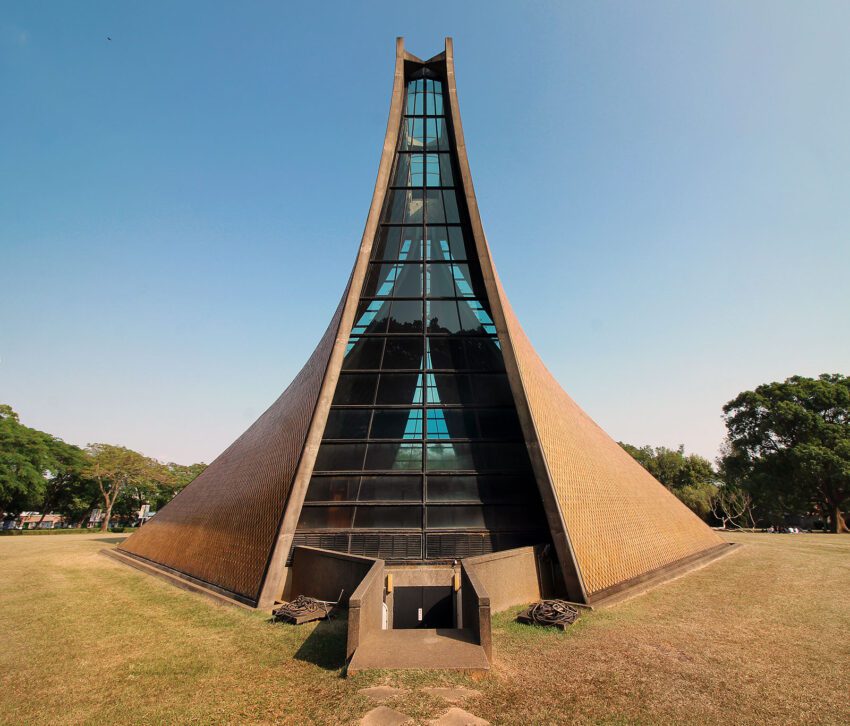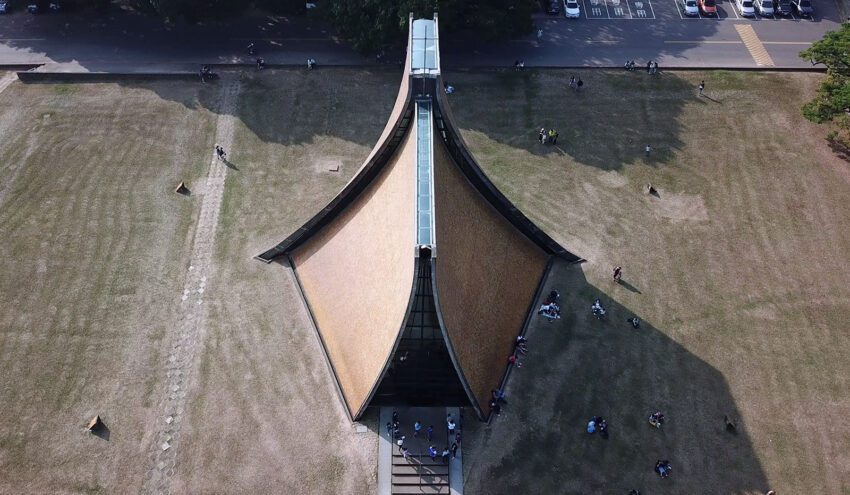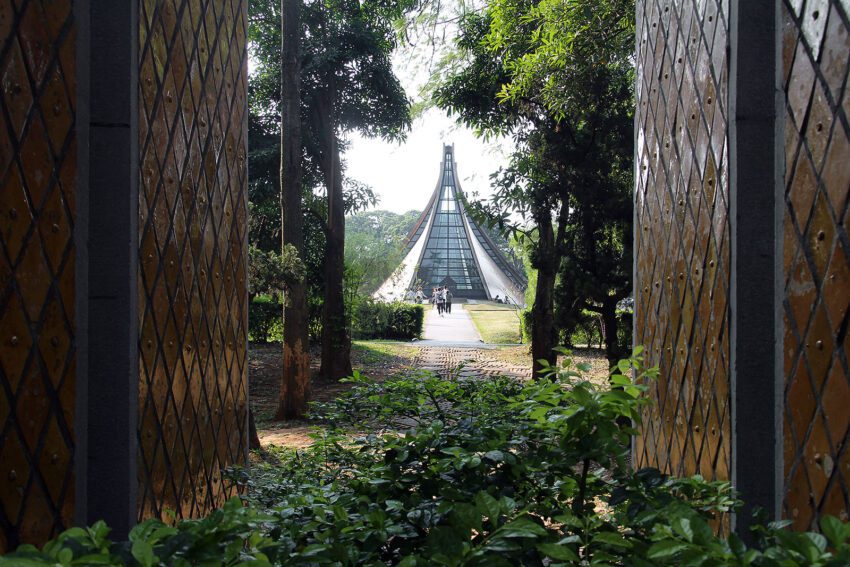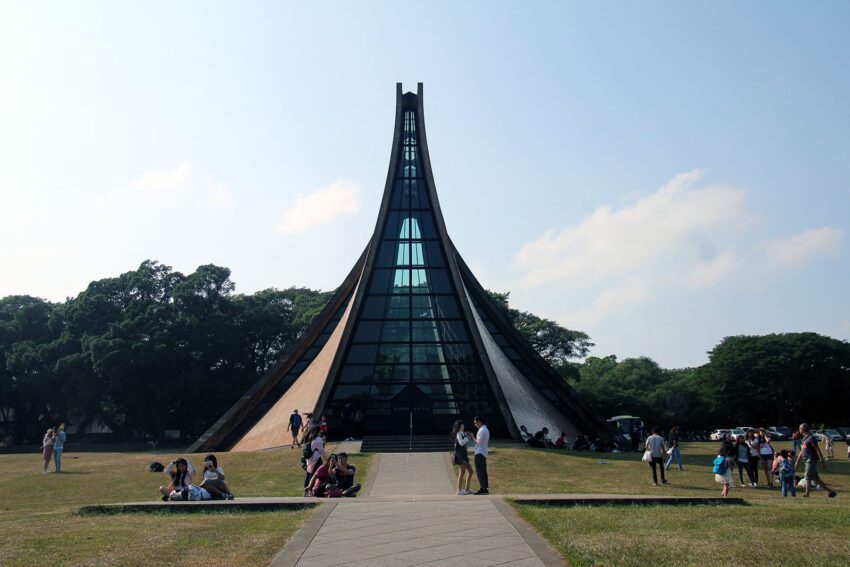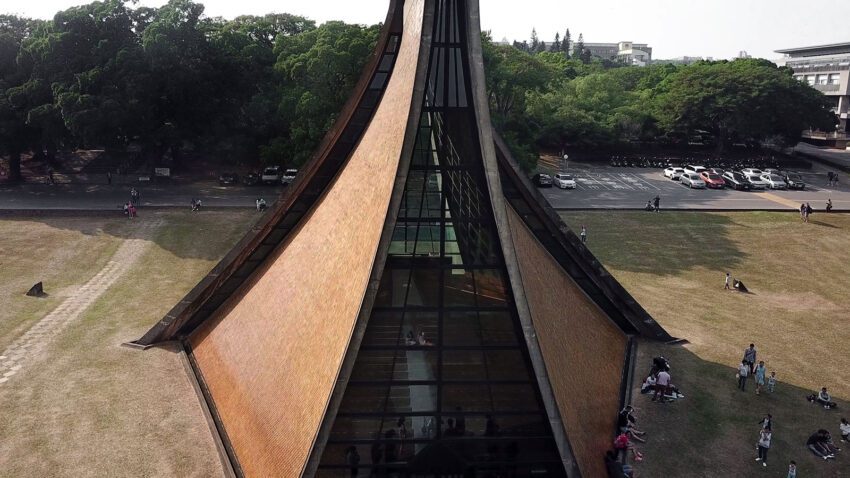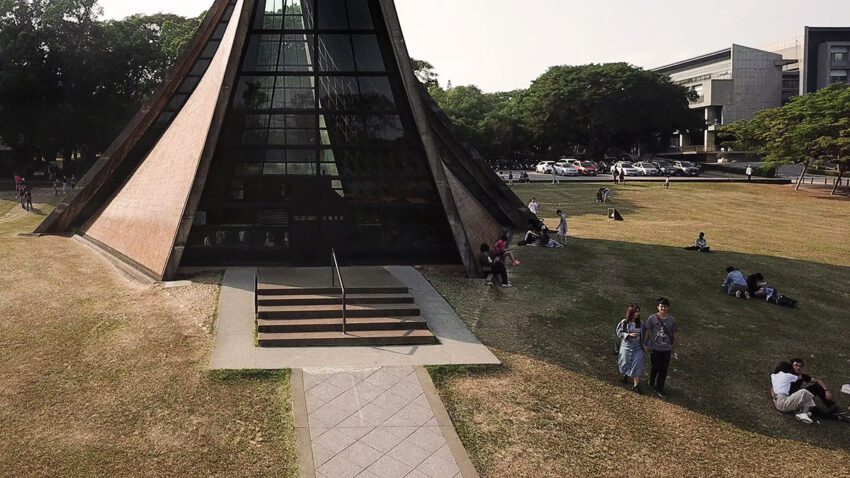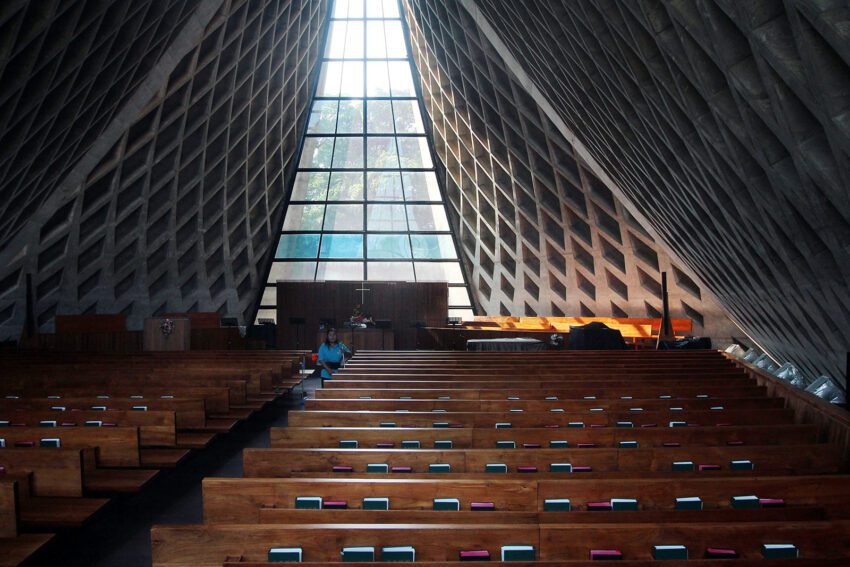Situated on the campus of Tunghai University in Xitun District, Taichung, Taiwan, the Luce Memorial Chapel is a distinct Christian chapel designed by renowned architect I. M. Pei and Chi-kuan Chen. The chapel commemorates Rev. Henry W. Luce, a 19th-century American missionary in China and father of publisher Henry R. Luce.
The Luce Memorial Chapel Technical Information
- Architects: I.M. Pei and Chi-Kuan Chen
- Location: Xitun District, Taichung City, Taiwan
- Topics: Chapels
- Area: 477 m2 | 5,130 ft2
- Project Year: 1962 – 1963
- Photographs: © Trevor Patt
Architecture is the very mirror of life. You only have to cast your eyes on buildings to feel the presence of the past, the spirit of a place; they are the reflection of society.
– I.M. Pei
Luce Memorial Chapel Photographs
The Luce Memorial Chapel: An Architectural Masterpiece at Tunghai University
Initially planned in April 1954, the project was put on hold until July 1960, and construction took place between September 1962 and November 1963. The construction costs totaled an impressive 125,000 USD. The chapel occupies a 3-acre zone at the heart of the campus, set on an irregular hexagonal base. It provides a gross floor area of 477 m², which includes a 245 m² nave with 500 seats, an 81 m² chancel, and 44 m² robing rooms. The tent-like conoid structure consists of four warped leaves that rise to a height of 19.2 meters, making it a central landmark on the campus.
Initially conceived as a multi-planar wooden structure, the architects ultimately abandoned the idea due to concerns regarding the humid environment and potential seismic activity. Instead, the chapel took on the form of four curved reinforced concrete surfaces, possibly influenced by Le Corbusier‘s Philips Pavilion design for the 1958 Brussels World’s Fair (Expo 58). Unlike the Philips Pavilion and other contemporary ruled-surface buildings, Luce Chapel does not feature a thin-shell structure. Instead, its planes comprise lattice beams that gradually thicken as they descend. The structural concept may have been inspired by Louis Kahn‘s design for the Yale University Art Gallery, completed in 1953.
The chapel’s exterior showcases yellow, glazed, diamond-shaped tiles that mirror the diamond-shaped coffer beams on the interior. Local craftsmen expertly executed the elaborate reinforced concrete formwork, showcasing the exceptional skill and collaboration behind this architectural gem. The upward-extending swoop of the walls culminates in a steel cross, marking the chapel as a sanctuary for students and professors of the university.
With its unique and innovative design, the Luce Memorial Chapel has become an enduring symbol of the harmonious fusion of modern architecture and spiritual purpose. Its architectural prowess has attracted students, scholars, and visitors worldwide who come to appreciate and study its structural elegance and grace.
As a testament to its importance, the chapel has hosted numerous events, including religious services, weddings, and cultural gatherings, fostering a sense of community and connection for the Tunghai University campus. Its inviting presence and serene atmosphere provide a haven for those seeking quiet reflection and contemplation amidst the bustling university environment.
The Luce Memorial Chapel’s design, materials, and construction techniques showcase the talents of its renowned architects, I. M. Pei and Chi-Kuan Chen, and the skilled local artisans who brought their vision to life. The collaboration between international and local talents demonstrates the power of cross-cultural exchange in shaping the built environment.
In the years since its completion, the Luce Memorial Chapel has stood as an exemplary work of modern architecture, representing its creators’ innovative spirit and artistic excellence. Its lasting impact on the architectural world and its continued significance within the Tunghai University campus ensure that the Luce Memorial Chapel will remain an enduring symbol of architectural beauty and spiritual inspiration for future generations.
Luce Memorial Chapel Plans
Luce Memorial Chapel Image Gallery

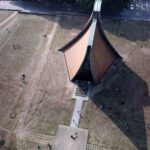




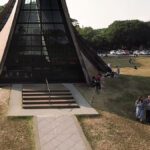




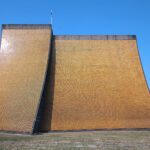
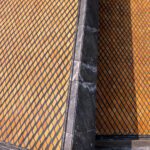






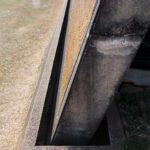

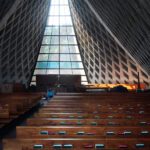
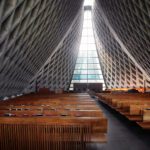

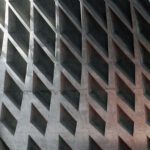

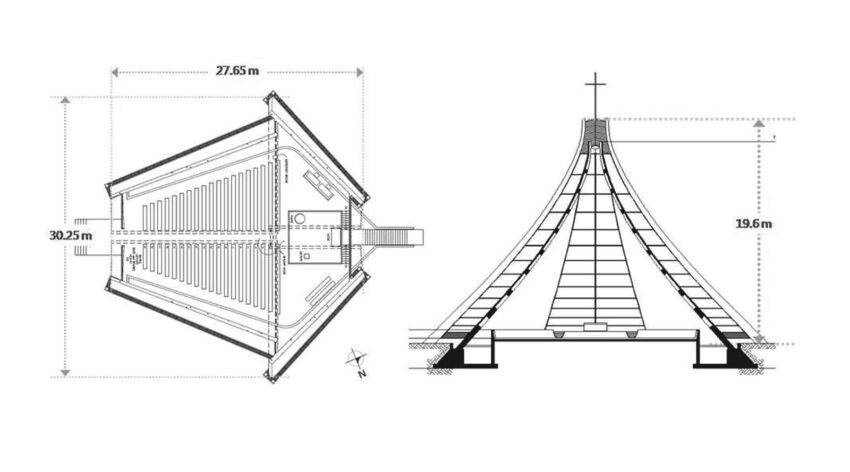
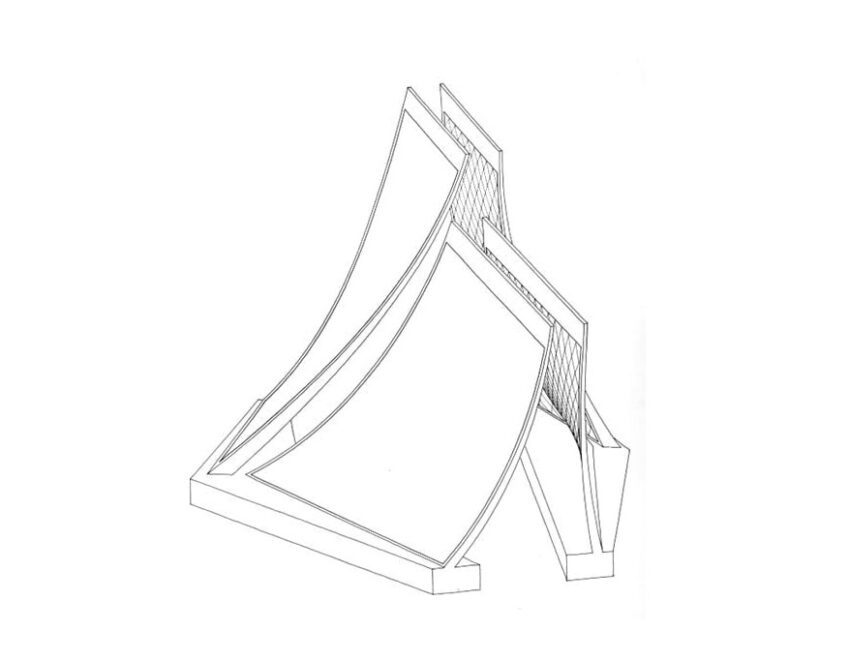
About I.M. Pei
I.M. Pei (1917 – 2019) was a Chinese-American architect known for his innovative and elegant designs, which combined modern architectural principles with classical elements. Born in Guangzhou, China, Pei moved to the United States in 1935 to study architecture. Throughout his illustrious career, Pei worked on numerous high-profile projects, including the John F. Kennedy Presidential Library and Museum in Boston, the East Building of the National Gallery of Art in Washington, D.C., and the iconic glass pyramid entrance of the Louvre Museum in Paris. Pei’s architectural style is characterized by its geometric forms, clean lines, and use of natural light. He often drew inspiration from various cultures and incorporated local materials and traditional elements into his designs. Despite his modernist approach, Pei’s work remained sensitive to the context and history of each site, making him one of the most respected and influential architects of the 20th century.

